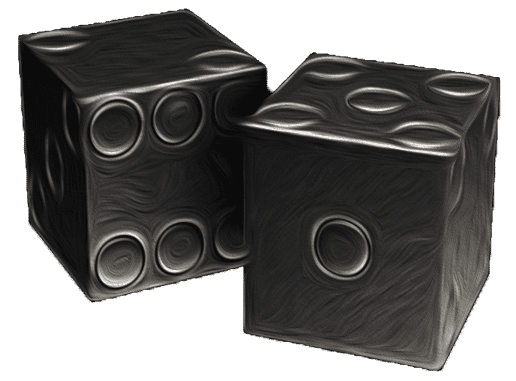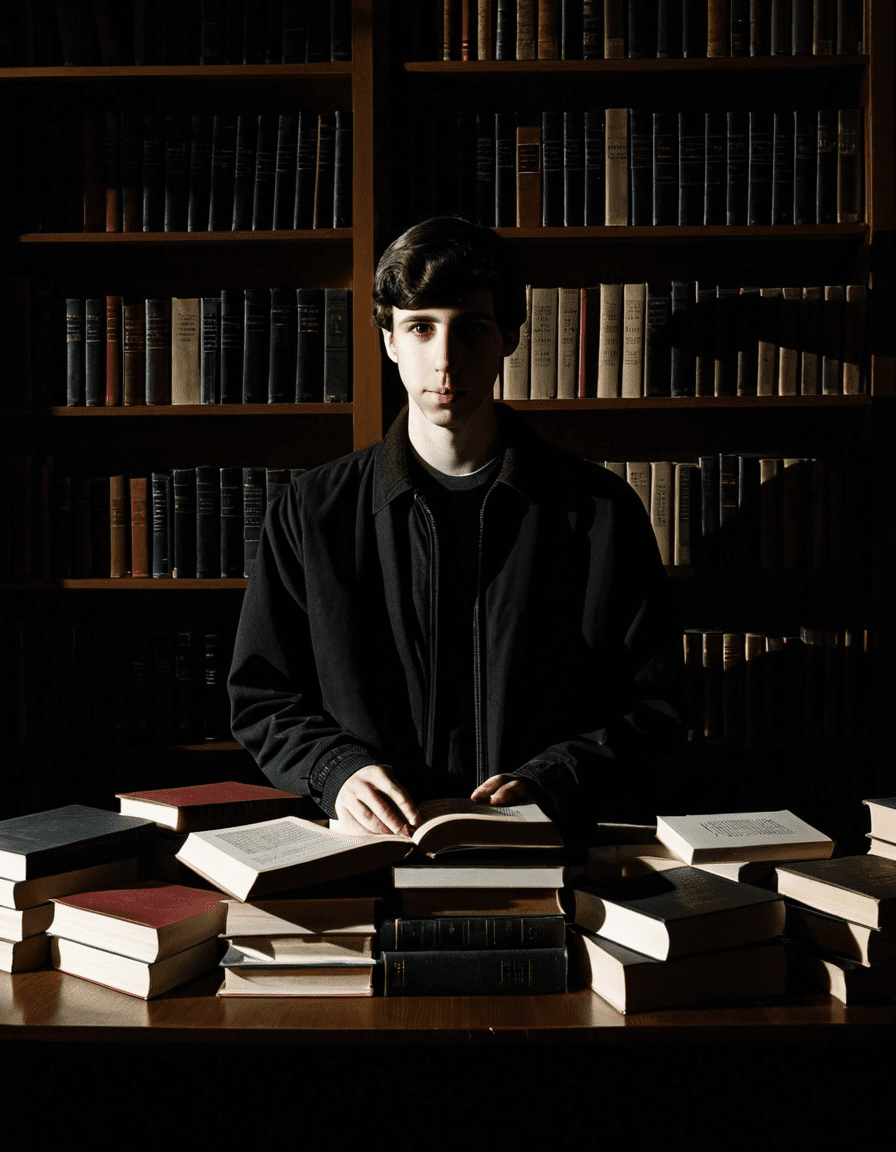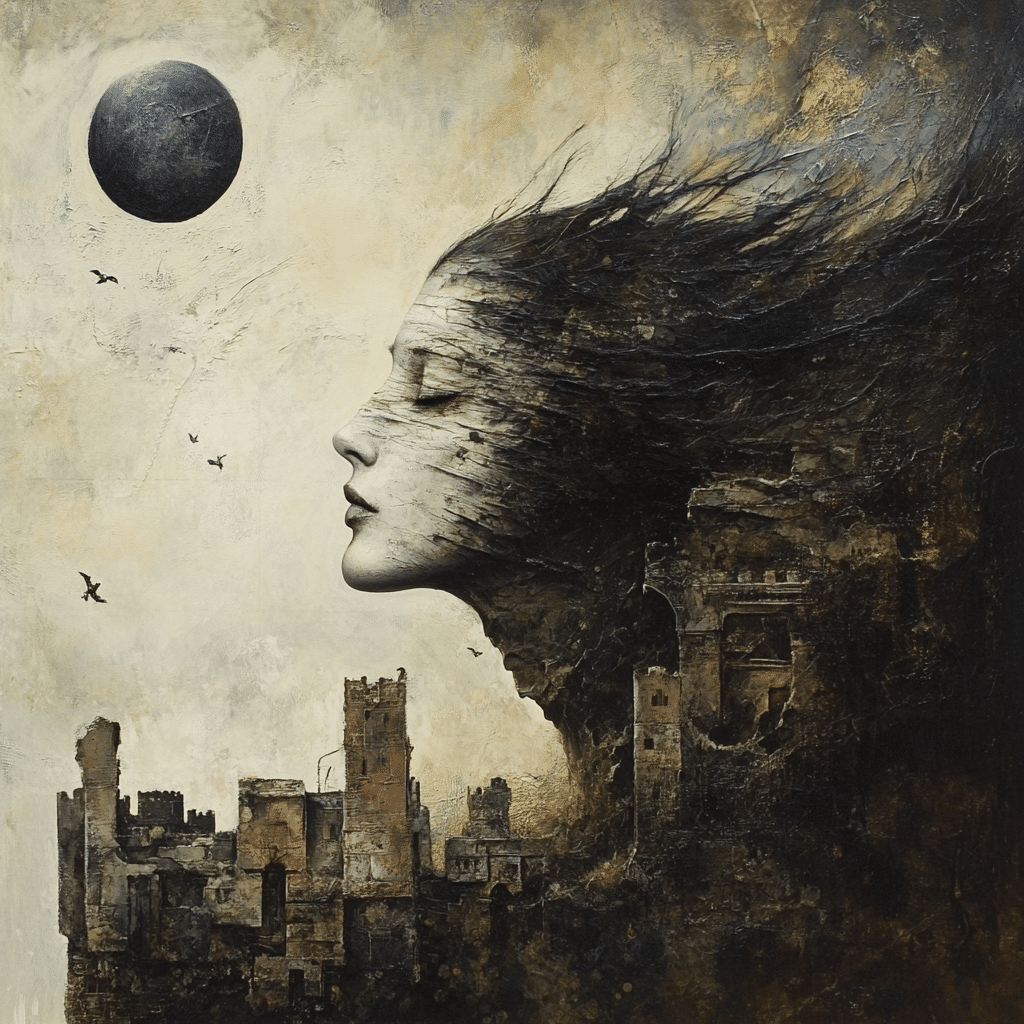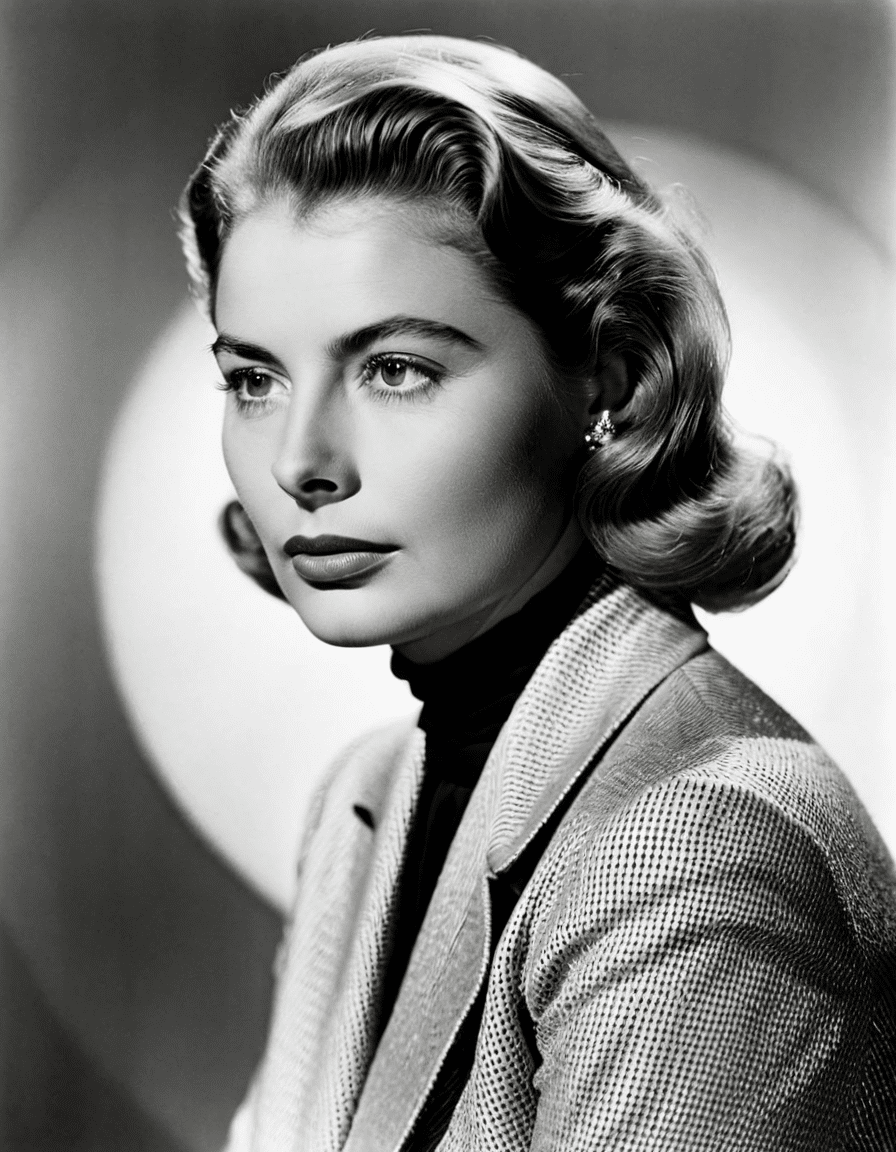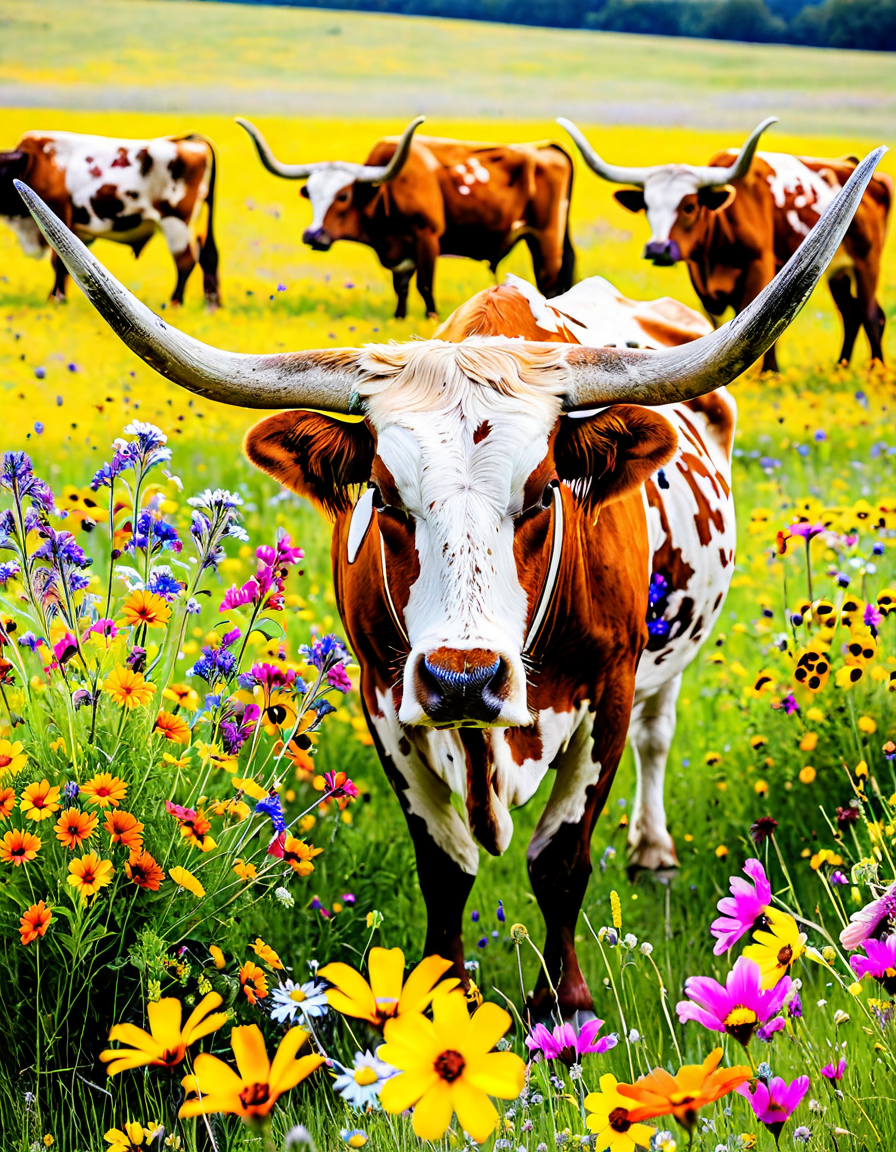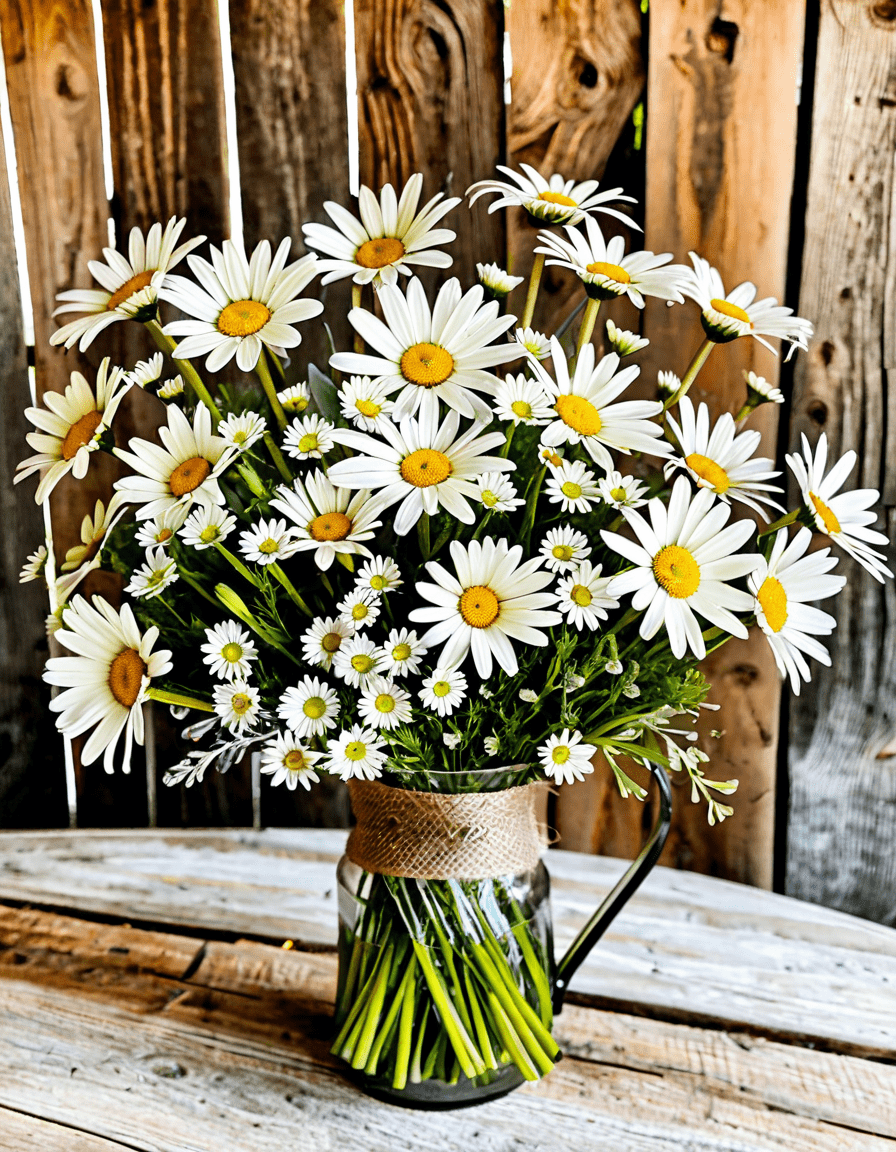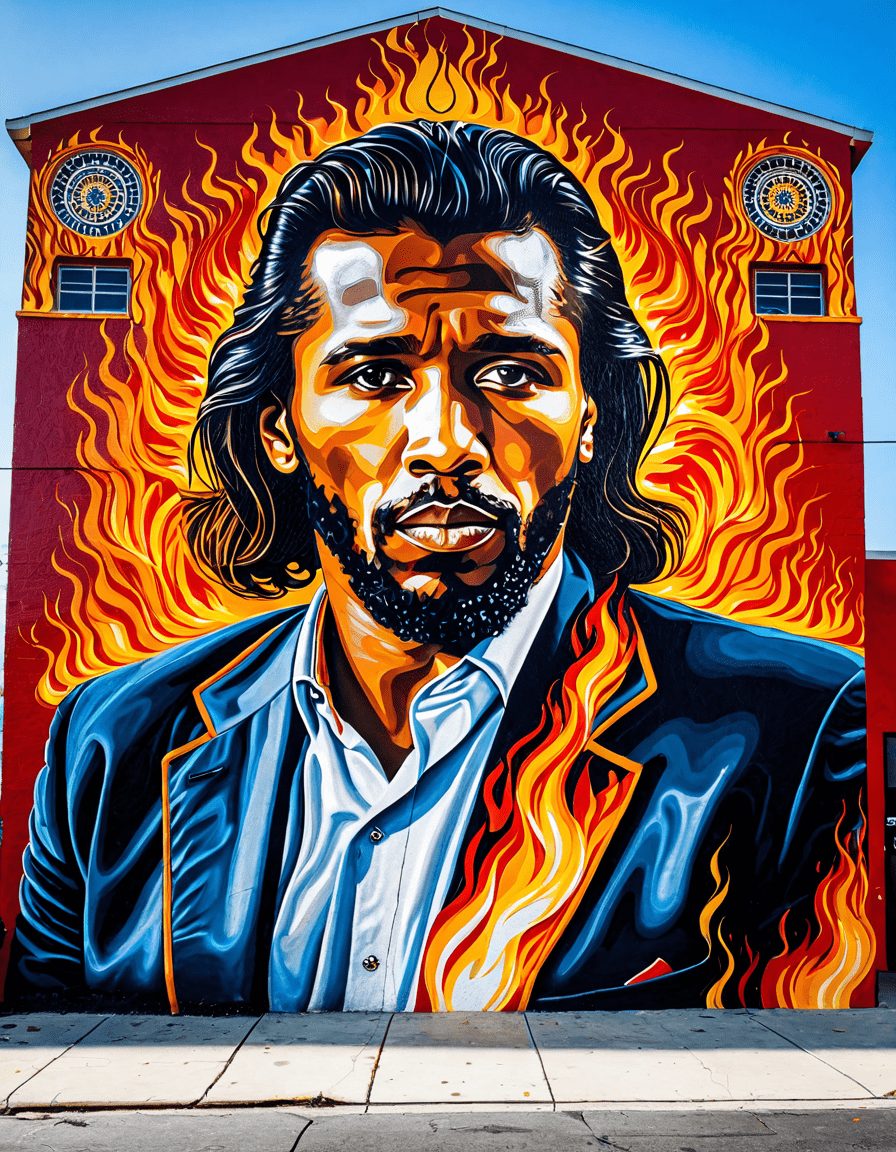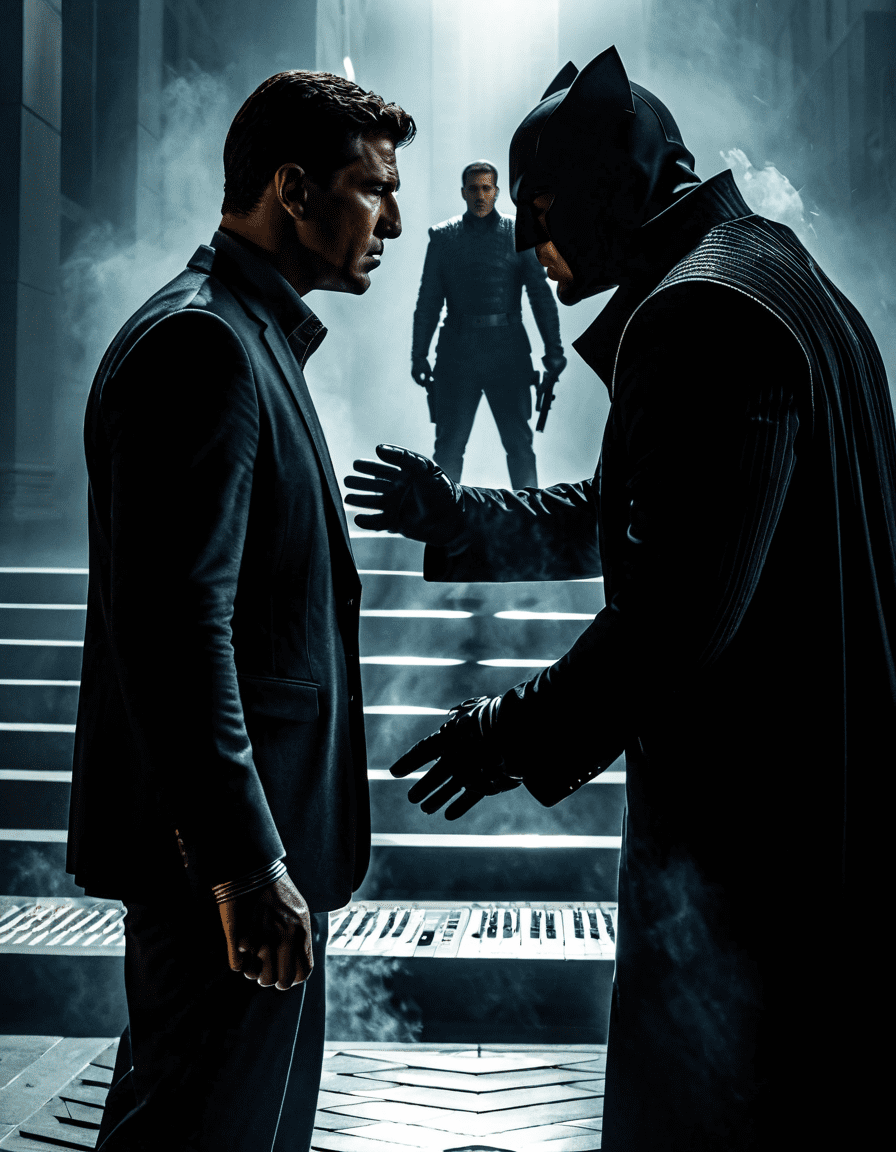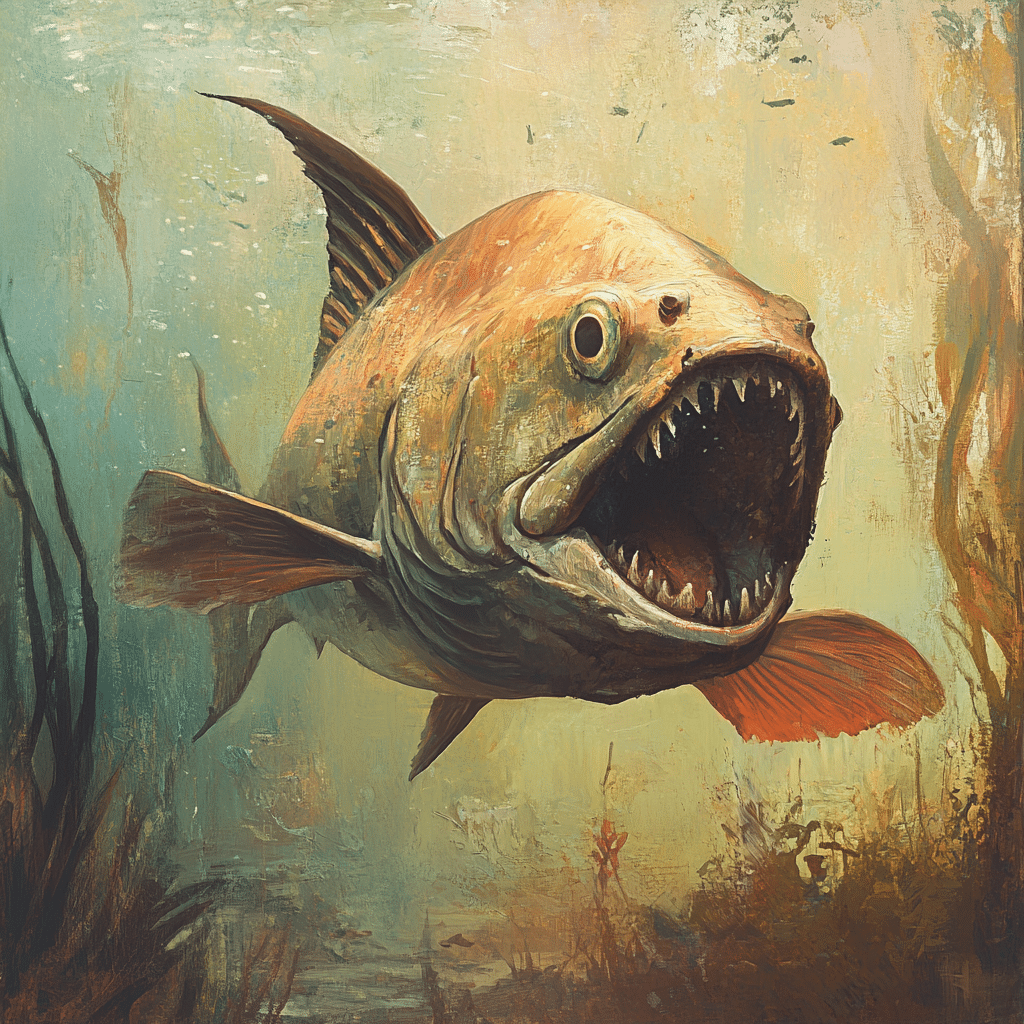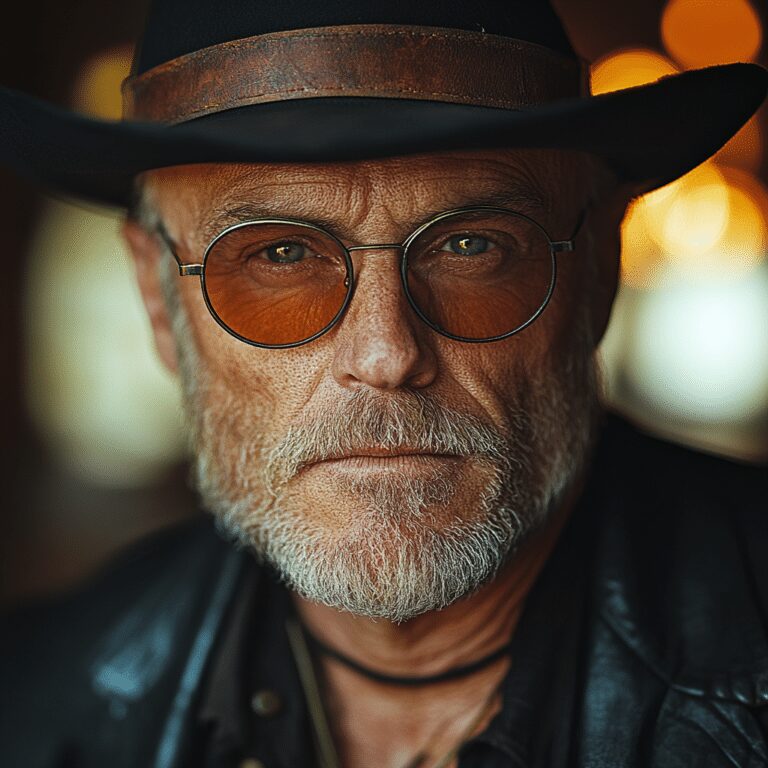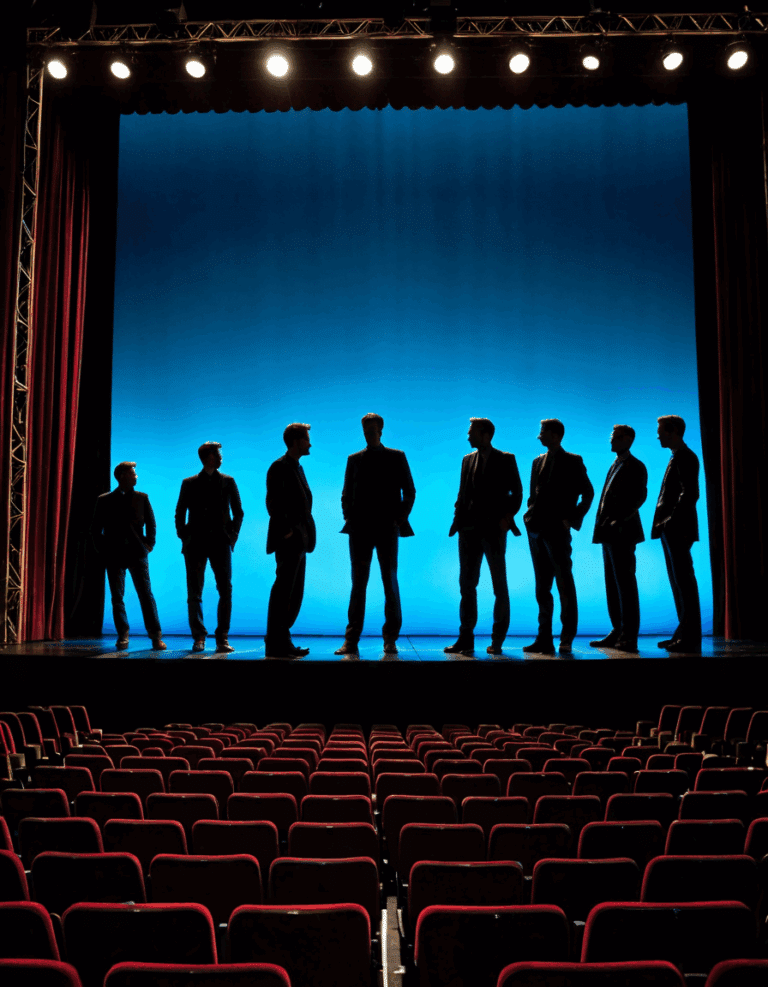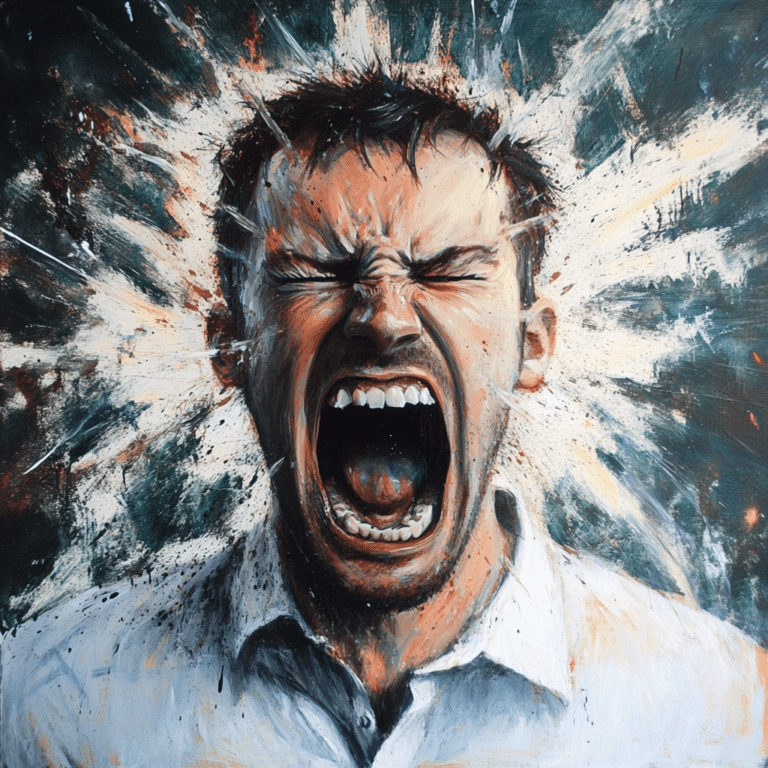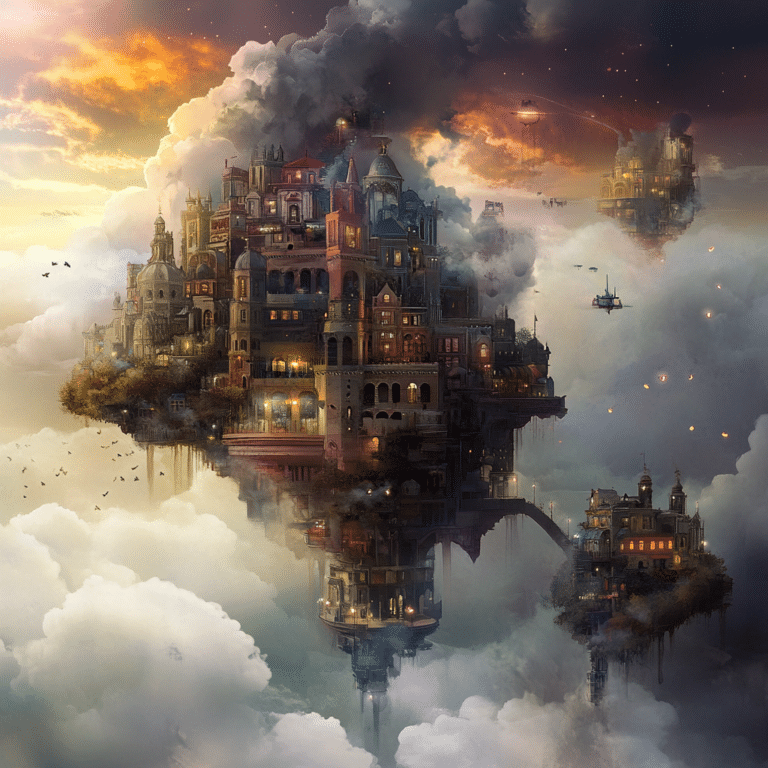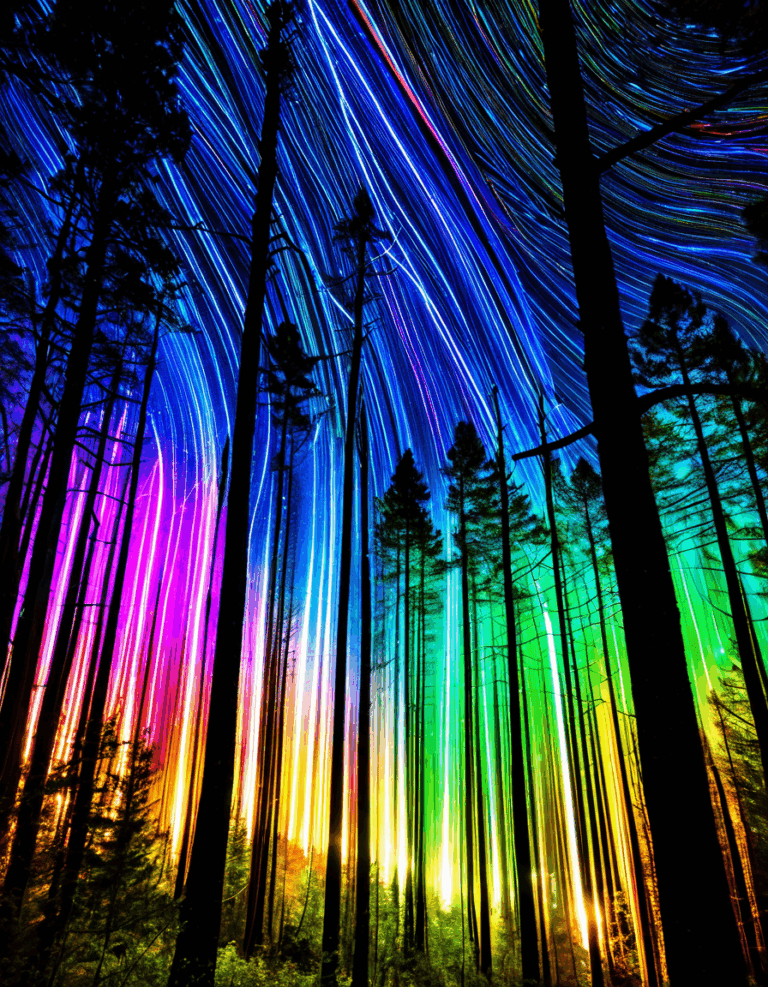David Lynch’s Blue Velvet remains a cornerstone of American cinema, offering a haunting exploration of suburban darkness through its enigmatic characters and vivid imagery. This film isn’t simply a piece of art; it’s a deep dive into the murky waters of human nature. Over the years, it’s sparked rich analysis and debate, permeating the fabric of film commentary. So let’s buckle up and explore seven critical facets that establish Blue Velvet as a defining work in film history, laying bare its dark mastery.
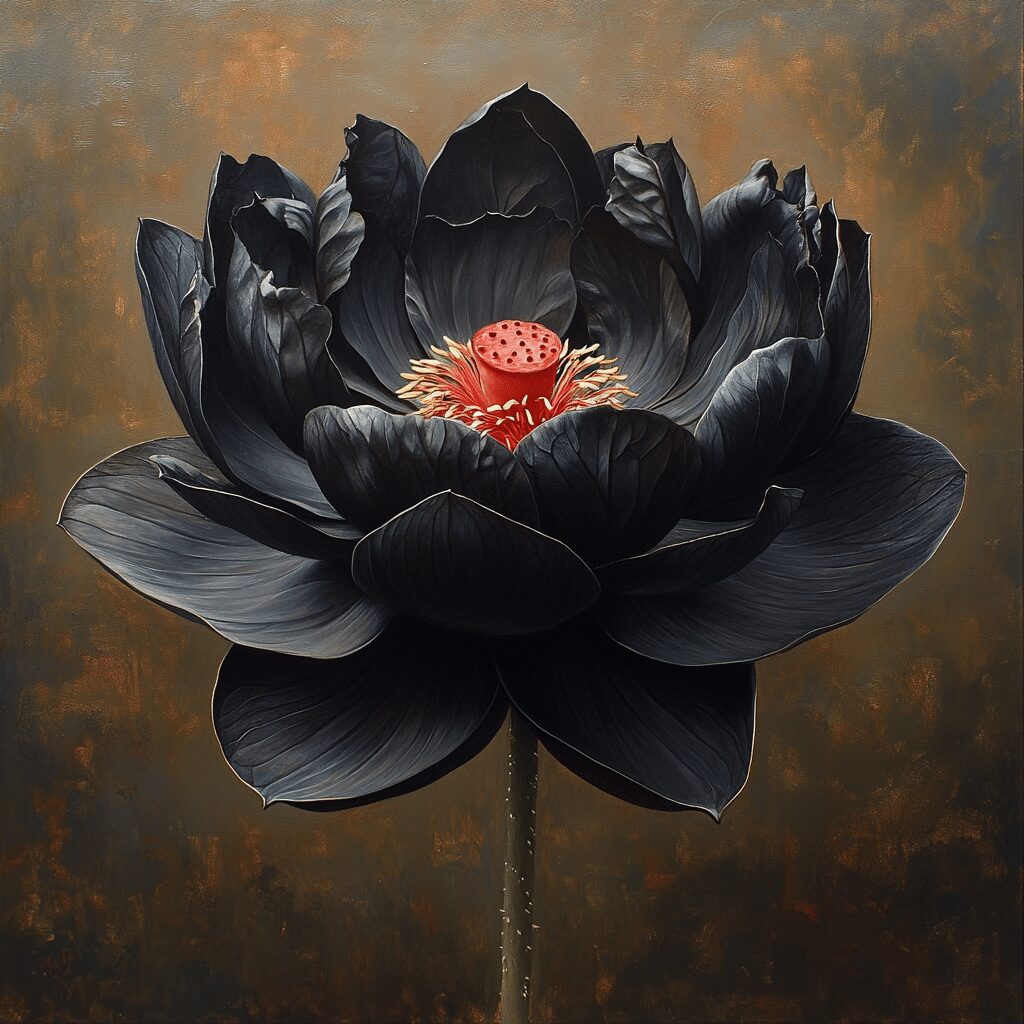
1. Surreal Cinematography: The Visual Language of Blue Velvet
One of the most striking elements of Blue Velvet is its surreal cinematography, crafted by Lynch and cinematographer Frederick Elmes. The film opens with idyllic shots of a quaint American town, which are then juxtaposed against shocking scenes of violence and decay. This stark contrast exemplifies the dual realities of American life.
Think about it! Lynch’s imagery acts as a mirror reflecting the darkness lurking behind America’s sunny façade, much like the hidden tensions in HBO’s The White Lotus. Since its release, the visual poetry of Blue Velvet has influenced a new wave of filmmakers, including Greta Gerwig and her vibrant Barbie or Ari Aster in Hereditary. Both are effective in using striking visuals to convey complex narratives that stay with you long after the credits roll.

2. Characters as Symbols: The Complexity of Human Nature
Characters in Blue Velvet aren’t just for show; they’re intricately designed to evoke the dualities that exist within human nature. Take Jeffrey Beaumont, played by Kyle MacLachlan—he embodies the internal conflict between naivety and moral ambiguity. In contrast, characters like Frank Booth, portrayed by Dennis Hopper, reveal the more sinister depths of humanity.
This complexity encourages dialogues about the theater of human emotion. You can see this same vibe echoed in The White Lotus, where characters grapple with their dark desires against a backdrop of privilege. It pushes viewers to consider how far people can plunge when stripped of their societal norms, doesn’t it?
3. Sound Design: The Haunting Score that Transforms Reality
Lynch’s collaboration with composer Angelo Badalamenti produced a haunting score that solidifies Blue Velvet as an auditory experience just as much as a visual one. The eerie soundscape heightens the film’s unsettling vibe, amplifying moments of tension and horror.
For instance, the juxtaposition of beautiful melodies against disturbing sound effects creates a dissonance that reflects the protagonist’s journey into the depths of his own psyche. This technique is reminiscent of the music used in The White Lotus, where the score underscores the psychological turmoil of its characters. With each note, seemingly mundane interactions become loaded with impending disaster.
4. Suburban Nightmare: The Illusion of Perfection
Blue Velvet pulls back the curtain on the seemingly perfect suburban American life, revealing how an idealized image can hide a dark abyss—an idea that rings true in The White Lotus as well. Lynch expertly contrasts Lumberton’s pristine neighborhoods with the violence just beneath the surface, resonating with current socio-political climates.
By looking at the allure of external beauty and its subsequent unraveling, Lynch invites audiences to question what societal standards of happiness and stability look like today. This exploration resonates particularly now, as we navigate our own illusions of perfection.
5. The Influence of Film Noir: A Modern Reimagining
At its heart, Blue Velvet is a love letter to classic film noir, reimagining its stylistic conventions for a fresh audience. Themes of voyeurism, moral ambiguity, and femme fatales create a bridge between old and new cinematic practices.
Lynch’s manipulation of light and shadow—a hallmark of noir—almost feels like a nod to modern pieces like Nightcrawler, where the protagonist’s descent into darkness embodies a society obsessed with voyeurism and moral decay. In this way, Blue Velvet gives the film noir genre a modern twist that stays relevant today.
6. Cult Following and Impact on Pop Culture
Since hitting theaters, Blue Velvet has developed a cult following that still thrives today. You can see its influence across various forms of media, from music videos to high-fashion collections and visual art. Artists like Lana Del Rey and bands like Nine Inch Nails channel Lynch’s distinct aesthetic, intertwining beauty, darkness, and complex narrative themes into their work.
This cultural impact illustrates how Blue Velvet still resonates today, much like the waves of satirical and poignant commentary found in The White Lotus. It’s fascinating to see how a film can inspire and influence so many other forms of creativity.
7. Lingering Questions: The Enduring Legacy of Blue Velvet
Ultimately, Blue Velvet challenges viewers to ponder unsettling questions about innocence, voyeurism, and the nature of evil. The film’s ambiguous ending leaves audiences mulling over cyclical patterns of violence and the blurry boundaries of morality. These themes are threads that persist in contemporary cinema, continuing to launch discussions long after the credits have rolled.
As we keep witnessing shifts in storytelling, the relevance of Blue Velvet unfolds, revealing complex examinations of the human condition that persist through time. Lynch’s mastery over narrative and style transforms our understanding of film artistry while enriching our engagement with society’s underlying truths—a legacy that’s as powerful and vibrant today as it was at its inception.
So next time you sit down to revisit Blue Velvet, remember—the layers run deep, just like the plots in your favorite series. And who knows? You might just uncover something that flips your perspective upside down. After all, that’s the beauty of cinema.
Blue Velvet: Dark Mastery in Film History
A Cult Classic’s Legacy
David Lynch’s Blue Velvet is celebrated not just for its gripping narrative but also for its ability to stir the pot of cinematic innovation. Released in 1986, this film redefined the landscape of psychological thrillers. Interestingly, Lynch included local landmarks in his settings, particularly drawing inspiration from his hometown, Boise, Idaho. This intricate connection to real places mirrors the authenticity portrayed in other classics like While You Were Sleeping, showcasing how filmmakers often channel personal experiences into their works. Lynch’s vision for Blue Velvet bore symbolism that reached beyond its plot, much like the meticulous artistry evident in the Bad Sisters cast, who intricately breathe life into their roles.
Behind the Scenes Trivia
For those delving into the making of Blue Velvet, Lynch’s creativity knew no bounds. The film’s chilling ambiance is punctuated by its haunting soundtrack, which features a cover of Bobby Vinton’s “Blue Velvet.” Fun fact—Lynch himself is a huge fan of the original, making this choice both personal and artistic. The juxtaposition of soft melodies with disturbing themes is reminiscent of other pop-culture phenomena like I Think You Should Leave, where unexpected humor meets unsettling scenarios. Moreover, many fans speculate about hidden meanings within the scenes, much like searching for hidden gems in shows like Yellow Stone, where each episode offers layers to unravel.
Cinematic Influence
The impact of Blue Velvet extends into modern filmmaking, influencing directors who dabble in dark narratives. The film has often been referenced in discussions about great psychological cinema. Lynch’s choice to explore innocence amidst depravity has prompted viewers to reconsider the fine line between the two—a theme mirrored in real-life discussions about vulnerability and strength, often highlighted in fitness culture, such as the inspiring stories of individuals like Bear Chance Cyrus. Furthermore, Lynch’s distinctive cinematic style sets a high bar that aspiring filmmakers might aim for, akin to investing in a smart home upgrade with a Sensi Thermostat to keep temperatures cozy, enhancing one’s living experience.
In summary, Blue Velvet isn’t just a movie; it’s a deep dive into human psyche and artistic expression that continues to resonate. Its mixture of charm and horror leaves an indelible mark, making it a staple topic in film courses and discussions alike. Just like the allure of a well-crafted narrative, there’s always more to discover beneath the surface!

